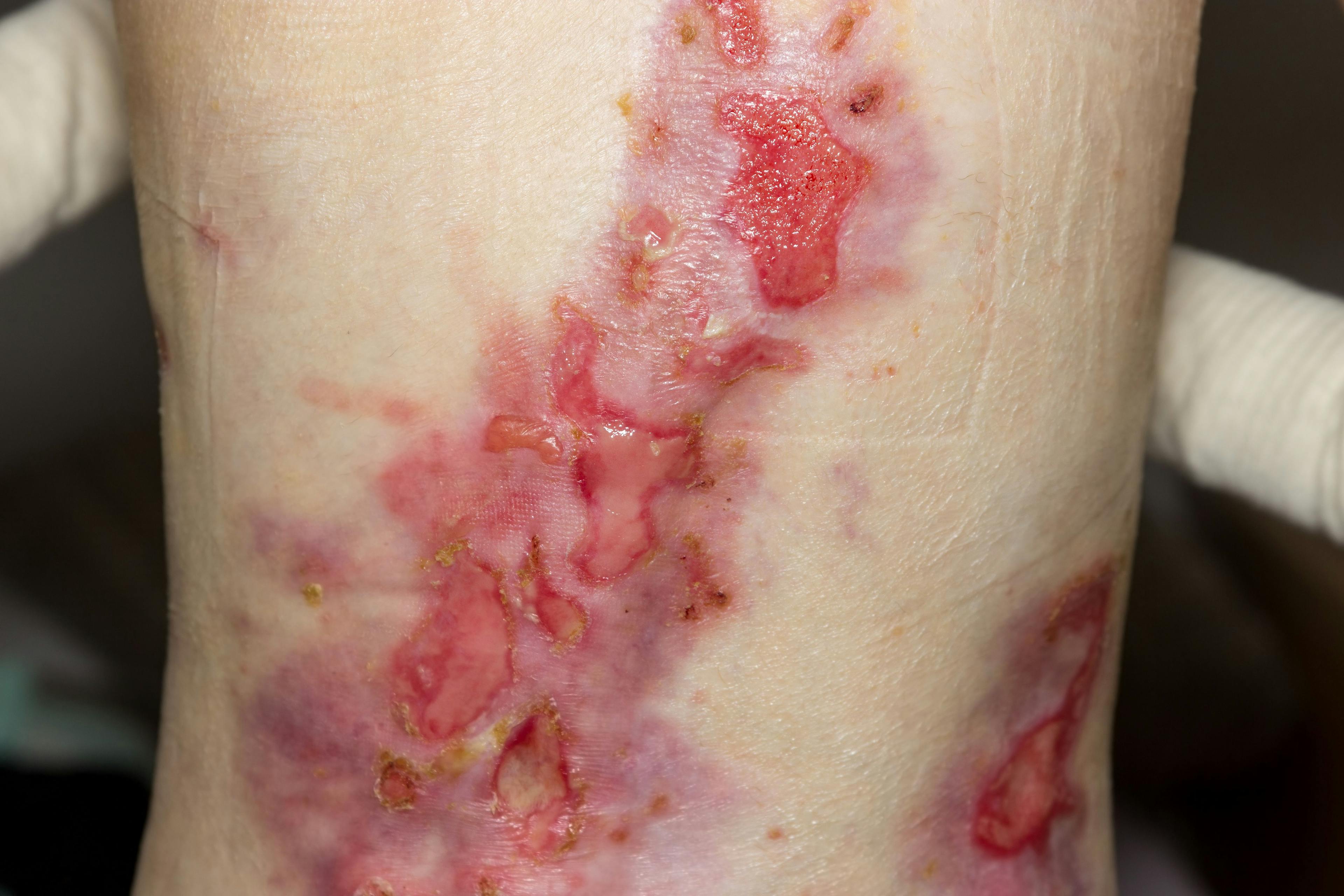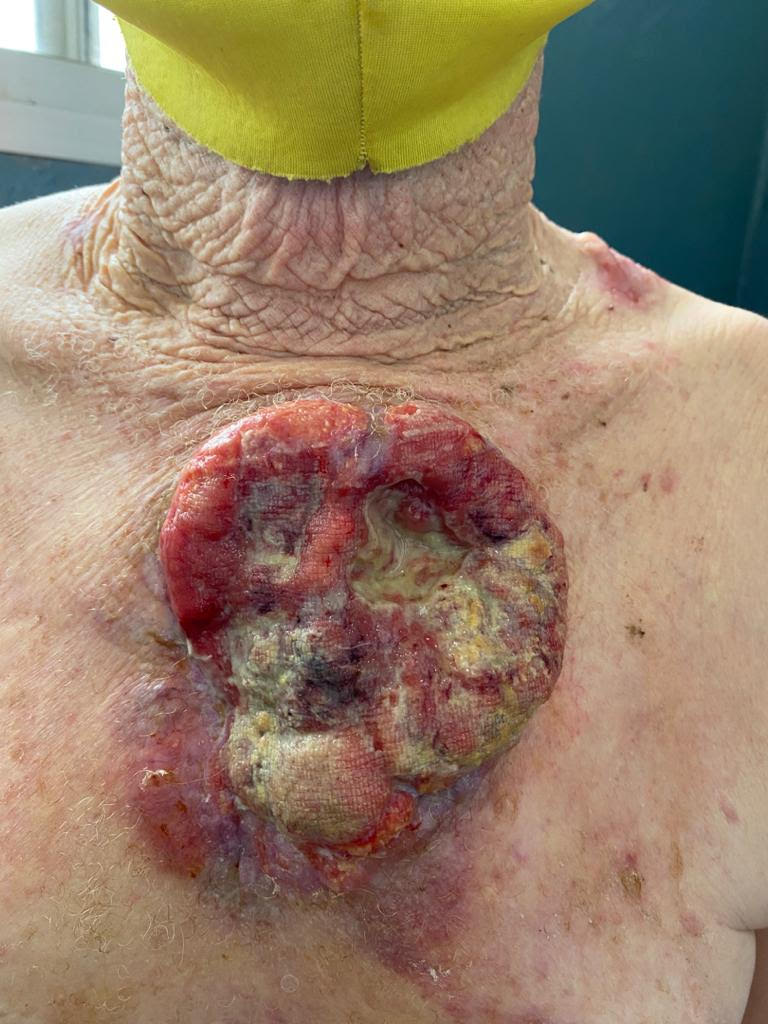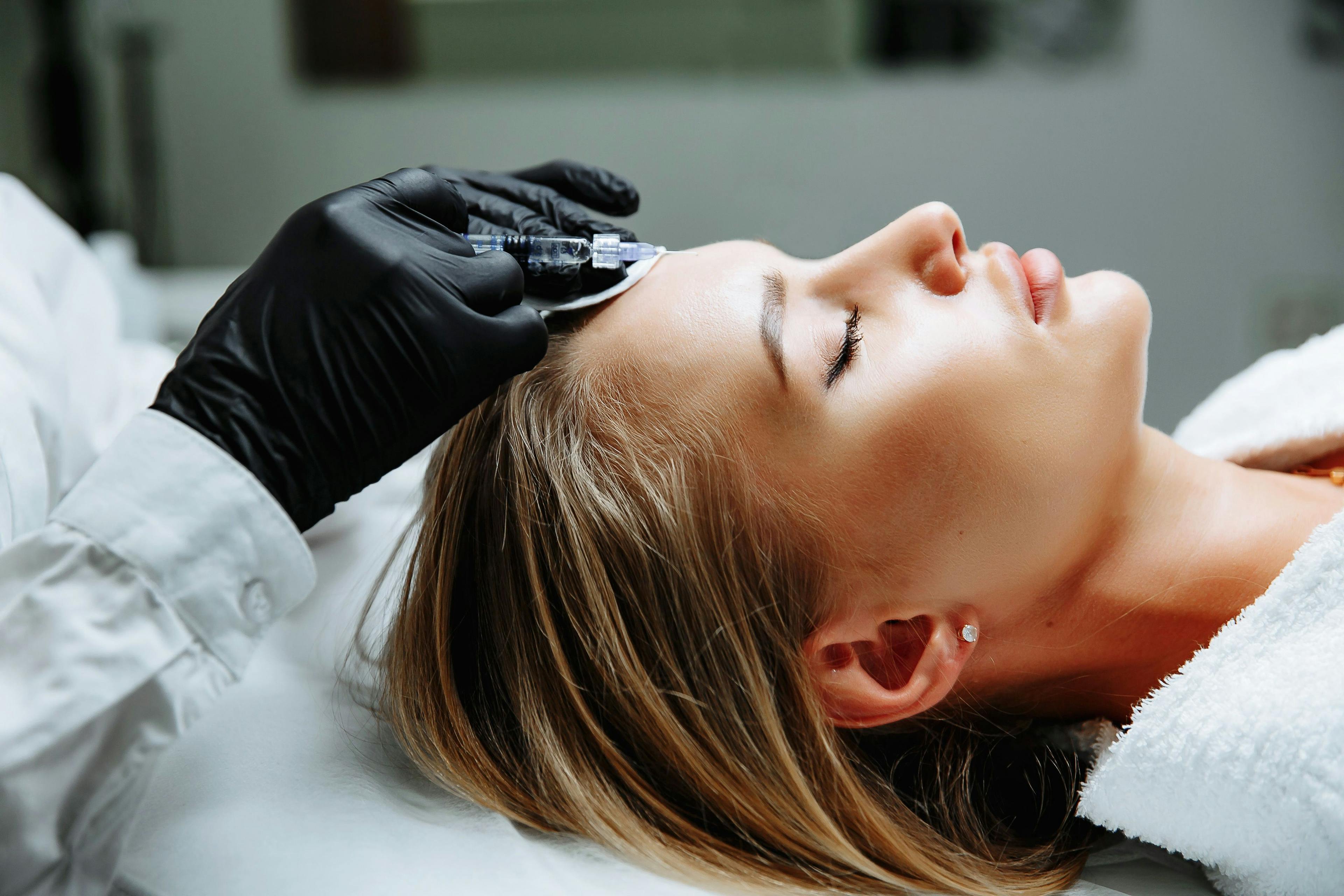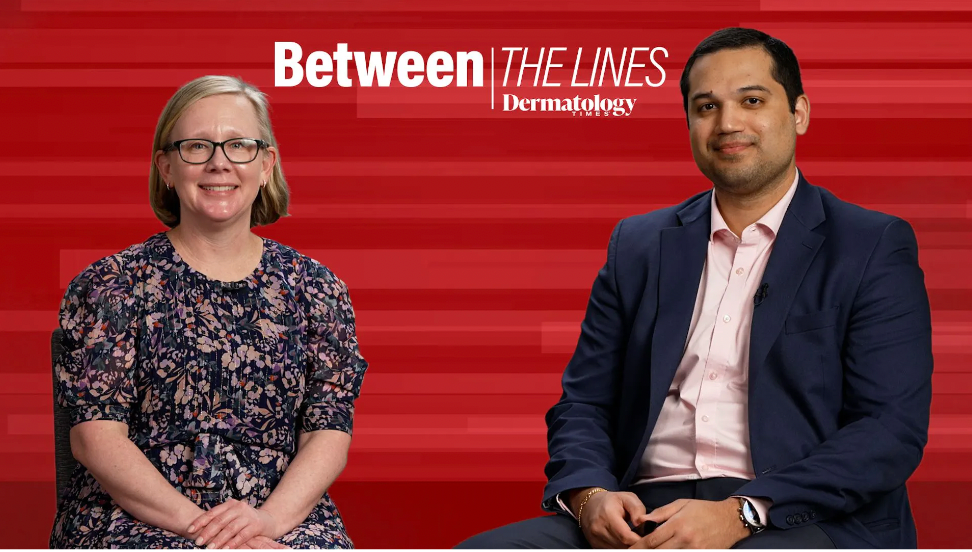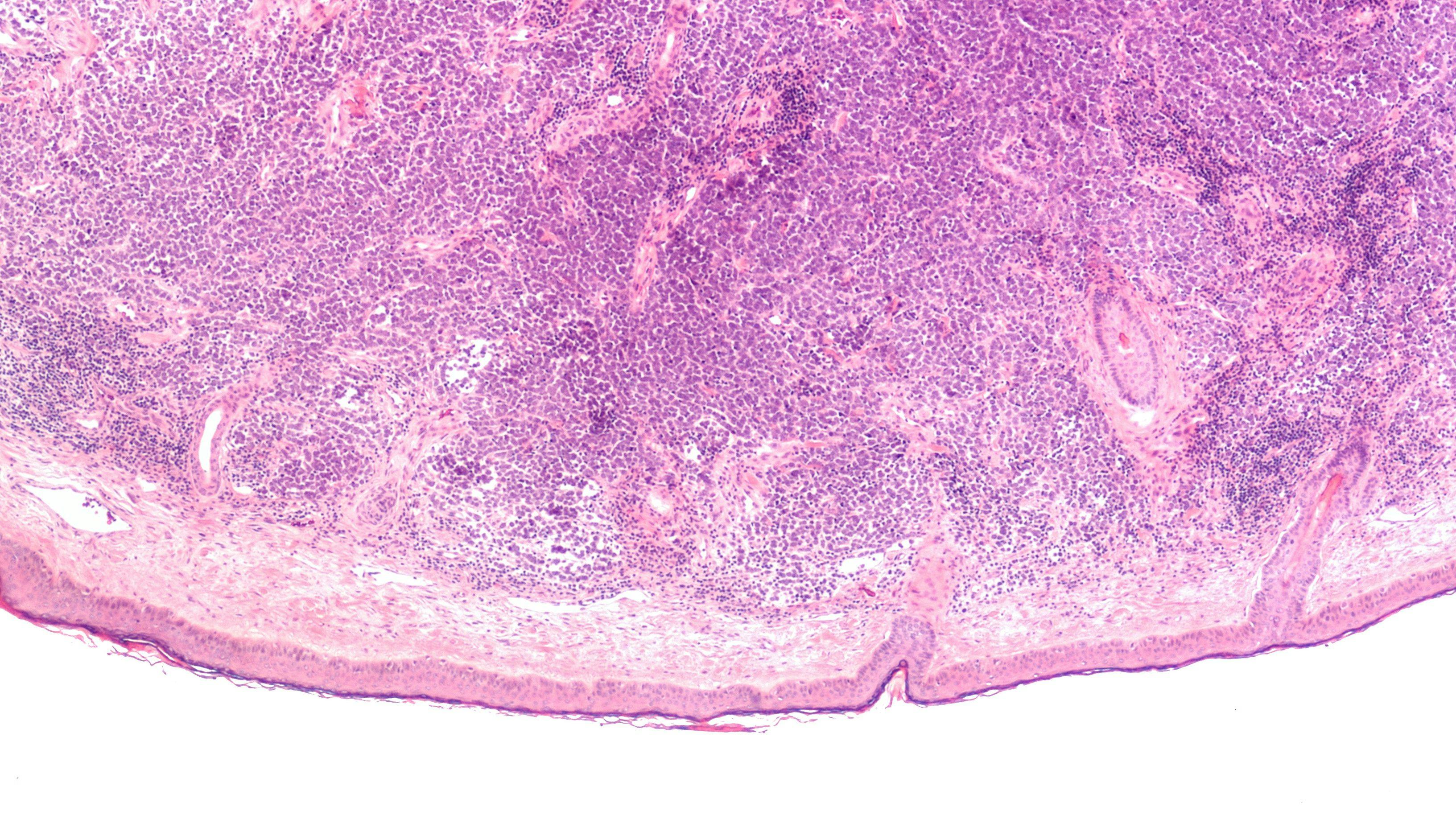- Acne
- Actinic Keratosis
- Aesthetics
- Alopecia
- Atopic Dermatitis
- Buy-and-Bill
- COVID-19
- Case-Based Roundtable
- Chronic Hand Eczema
- Chronic Spontaneous Urticaria
- Drug Watch
- Eczema
- General Dermatology
- Hidradenitis Suppurativa
- Melasma
- NP and PA
- Pediatric Dermatology
- Pigmentary Disorders
- Practice Management
- Precision Medicine and Biologics
- Prurigo Nodularis
- Psoriasis
- Psoriatic Arthritis
- Rare Disease
- Rosacea
- Skin Cancer
- Vitiligo
- Wound Care
Publication
Article
Dermatology Times
Addressing Disparities in AD With Telehealth
Author(s):
Adam Friedman, MD, FAAD, and Andrew Alexis, MD, MPH, discuss disparities in atopic dermatitis and the ways these can be addressed with teledermatology.
“We need to assume that we don’t know everything. We need to cast aside our fragility and realize that we only know what we know. We have to engage with community stakeholders to better understand what the needs are, and how to best deliver actual items for those needs, the way that will be best received by that community,” Adam Friedman, MD, FAAD, said during a mini symposium at the 2023 Revolutionizing Atopic Dermatitis (RAD) conference in Washington, DC.1
NIKCOA/AdobeStock

Friedman, who is a professor, chair of the Department of Dermatology, and residency program director at the George Washington University School (GSW) of Medicine and Health Sciences in Washington, DC, discussed teledermatology and disparities in atopic dermatitis (AD) care.
Joining Friedman at the RAD symposium was Andrew Alexis, MD, MPH, who is the vice chair for diversity and inclusion for the Department of Dermatology and professor of clinical dermatology at Weill Cornell Medical College in New York, New York. Alexis is also president of the Skin of Color Society.
“I think one of the things that the [COVID-19] pandemic really unearthed, not invented, but it’s always been there, is both structural and institutional racism, which really translated across many demographics in the house of medicine, and how that affects the patient, how it affects the workforce, how it even affects drug development,” Friedman said.
According to Alexis, there are a number of important ethnic and racial disparities in AD. These include a higher prevalence of AD and greater persistence from early to middle childhood in Black children; greater health care utilization for AD among Black and Asian/Pacific Islander populations; more frequent emergency department utilization among Black and Hispanic children with AD; greater rates of AD-related school absences among Black and Hispanic children; and less representation of non-White individuals in teaching materials, as well as in clinical trials.
Friedman described working on a project at the Albert Einstein College of Medicine as a faculty member. This project identified gaps in access to dermatologic care among residents in regions of Washington, DC, particularly in Wards 7 and 8. According to Friedman, there were no dermatologists in these regions.
“This is a very low socioeconomic population. Ward 8 especially, the residents, about 92%, self-identify as Black,” he said. “And then if we kind of think about atopic dermatitis, where our data shows that those who identify as Black tend to have more atopic dermatitis, have more severe disease, but make up fewer of the appointments seen by a dermatologist for this condition. Now we’re adding the mix of: while telemedicine enhances access, [among] the people who are at the greatest need, the divide is furthered.”
To address these disparities, Friedman and colleagues submitted a grant for a quality improvement project. Within this project, they looked at the ways telemedicine can improve access to care. In Ward 8, the group established a telehealth clinic at The Temple of Praise Church, inviting residents to participate in free telehealth visits with a dermatology residentat GSW.
Friedman described teledermatology during the pandemic as a rapid utilization of an approach that hadn’t always been accessible in the past, particularly due to an unroofing of restrictions on the legalization of telemedicine in health care.
“It was kind of niche, but the pandemic, given the lack of access, inability, from one day to the next, literally to be able to come into the office demanded the need for it,” Friedman said. “And so we in dermatology [at GSW] literally the next day converted our visits to telemedicine, at that time using Zoom, ultimately using our [electronic medical records] capacity. But we were able to still see patients effectively, and certainly there was a learning curve, but we were able to maintain it, because a lot of what we can do, it’s visible inspection, and talking, and eliciting a history, and being detectives.”
Freidman noted that although telehealth allowed access during the time of a pandemic, it also widened an already existent divide, particularly due to the presence of health and technology deserts.
“I think that it’s not enough to say, ‘Oh, well, we do telehealth. People can come to us.’ That assumption in itself, I hate to say it, is racist, in that it doesn’t consider beyond the blinders we have on for our own experiences and our own environment,” Friedman said. “We have to think about how do other communities learn about these opportunities? What comfort do they have, and actually, can they even access these opportunities? And what barriers prevent them from getting the care they need?”
Even if patients can get that care wherever they are, Friedman said, “there could be both perception issues, technological issues, and fund of knowledge and comfort issues.”
Although disparities remain, Alexis said several efforts are in progress to identify and reduce these disparities in care.
“Numerous large-scale efforts are underway to reduce these disparities, including initiatives by dermatologic organizations, academic institutions, patient advocacy groups, pharmaceutical companies, and individual practitioners,” Alexis said. “Some of these include broadening of educational materials to include more diverse representation of images and descriptions of dermatologic conditions such as AD.”
Reference
- Heath C, Alexis A, Friedman A. Disparities in atopic dermatitis mini-symposium. Presented at: 2023 Revolutionizing Atopic Dermatitis Conference; April 29-May 1, 2023; Washington, DC.
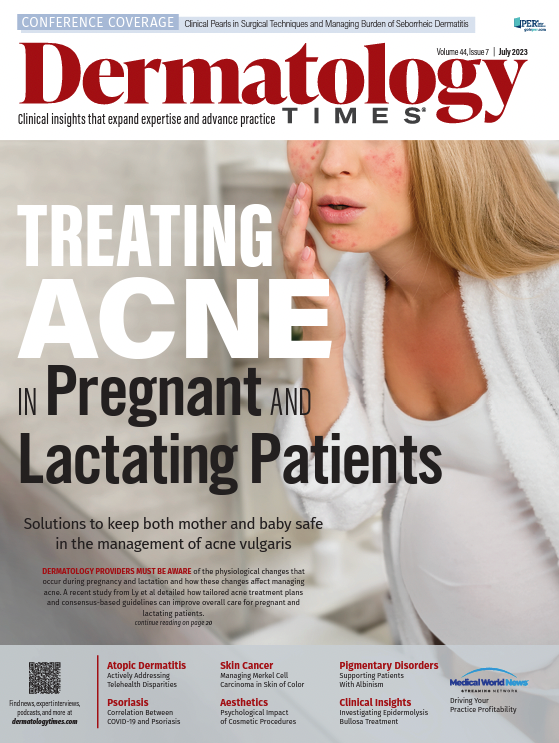
Newsletter
Like what you’re reading? Subscribe to Dermatology Times for weekly updates on therapies, innovations, and real-world practice tips.




